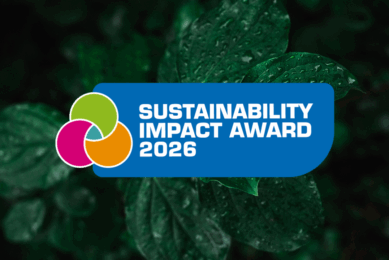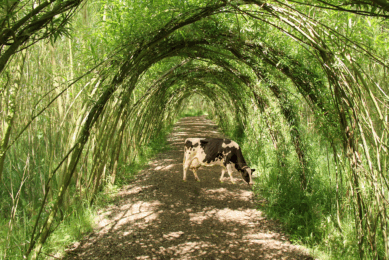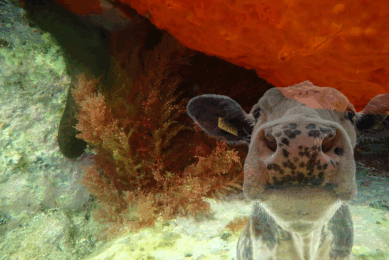Animal nutrition = Human health

We are what the animal DIDN’T eat. Maybe you have to read this sentence twice (at least I had), but it makes sense. We can supply animal diets with so much more functional ingredients, to become a healthier person in return.
The sentence that I start this week’s Editors View with was mentioned at the Alltech symposium, which I attended this week. The annual symposium, themed What If? aimed to highlight the opportunities in animal nutrition, crop science, human health and much more.
Use resources more efficiently
What if we can produce more meat with less water, what if we can supply all humans with enough DHA (omega-3) through enriched milks and eggs, what if Africa can actually be the next bread basket of the world. Interesting questions and the answers are not science fiction, the implementation of measures to make this happen is already happening today. The What ifs are essential as agriculture is facing many challenges today including: reducing or freezing the current agricultural carbon footprint, growing more on the current farms we have, use resources more efficiently, shifting the way we eat and reduction of waste in the food chain. Only then, we will be able to feed the growing world population, as mentioned by Karl Dawson from Alltech.
Big data, but how to implement them?
I agree that we have to change the way we are managing the farms and the way we look at food production and I think that technology is one of the major contributors to a more efficient and sustainable agriculture. Technology has already made such a big difference in crop science. Drones are used more often to generate data and inspect plans, a robot bee is under development to make pollination of crops possible in light of the decline of the honey bee population worldwide. With technology, I also mean interpretation of big data. How to make sense of all the data generated from the animal and human genome. How can we transfer this knowledge to make better animal and human diets? Also more data is generated from soils. We need predictive models to make sense of this tremendous amount of detailed information. David Hunt said during the Crop Science session: “Technology could greatly reduce the risk of experimentation in agriculture that prevents breakthroughs, since farmers cannot afford to gamble on a crop that may take nine months to come to fruition, Hunt said. But if the right data is collected through sensors, agricultural innovations could simply be tested virtually – using computer models, rather than actual crops.”
ADHD prevention with algae?
Another interesting topic mentioned was that people working in the animal feed industry should be more aware of the fact that animal nutrition is all about human health, as it is one business we are in: the food industry. Take the Omega 3 story for example. The good fatty acids (Omega 3) consist of DHA, ALA and EPA. ALA is coming from vegetable sources (e.g. flaxseed) and EPA and DHA from fish. DHA is the most healthy one, and the conversion of ALA and EPA into DHA is very limited. DHA is found in the fatty fish species as they have consumed algae in their natural diet. But more fish are farmed these days, and diets contain more alternative (vegetable) protein sources. Studies have shown that, between 2005 and 2008, trout fillets have decreased 9% in DHA and EPA levels and 8% in omega-3 levels. Does this mean that human diets are getting deficient in DHA? At the symposium, it was mentioned that algae can be a great answer to many challenges we have today regarding raw material supply, human and animal health. DHA helps in preventing human diseases and may play a role in the prevention of ADHD in children. But also for animals, algae show promise. Studies have shown that algae in fish diets show good results and fish even don’t seem to mind inclusion rates up to 15%. In a recent trial with an algae product supplementation in dairy diets, researchers reported an increase of 1.9 kg per cow per day on average from day one to day 84. The milk also had an improved fatty-acid profile, increased levels of EPA and DHA and a reduced ratio of omega 6 to omega 3.
Role for animal nutritionists
Algae tablets for humans are already under development and there is an increased interest in adding algae in animal diets. Animal nutrition is not only about animal production and animal health, animal nutritionists also play a vital role in human health. We are what the animal DIDN’T eat. But what if we become what the animal DID eat (algae and other future functional ingredients?), we might become older, wiser and even have enough food to feed the next generations.











